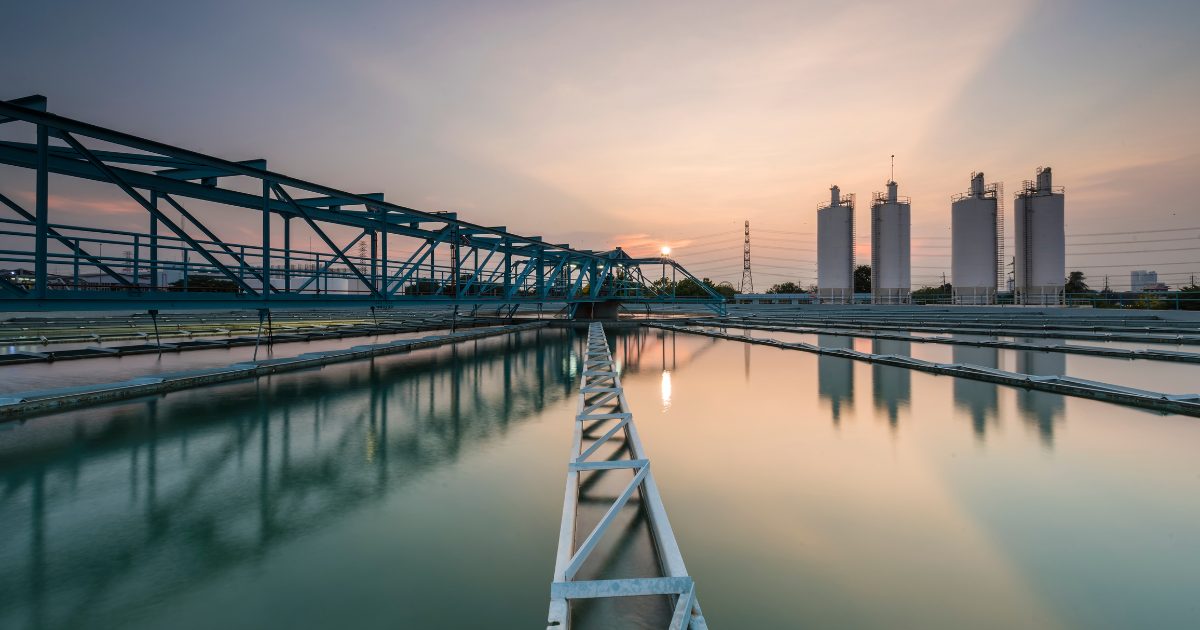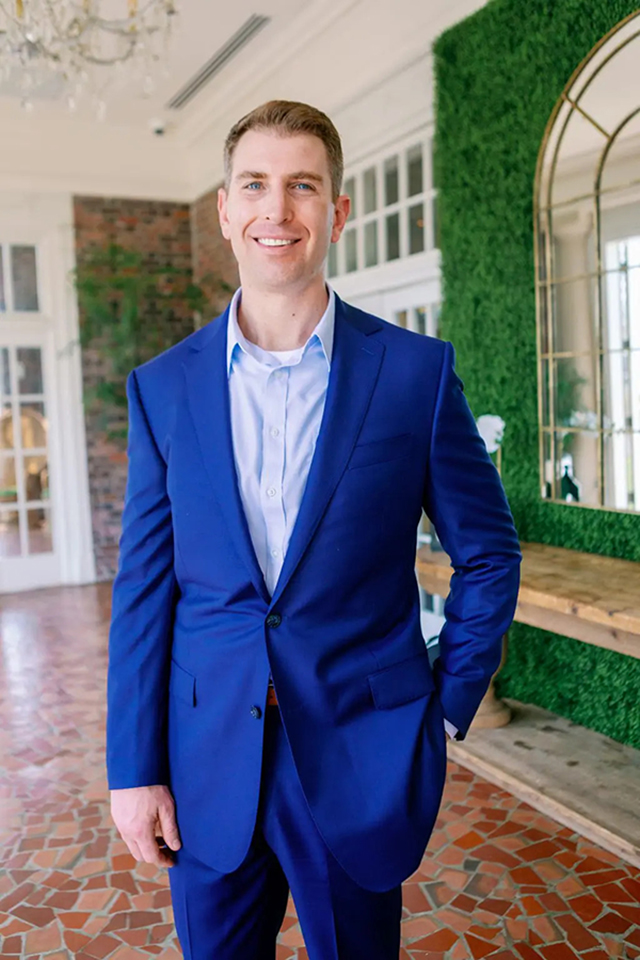Understanding What Happened to the Water at Camp Lejeune
As early as 1982, it was discovered that the water at the U.S. Marine Corps Base Camp Lejeune in North Carolina was contaminated with toxic chemicals. Many of the chemicals have been linked to an increased risk of cancer. Individuals stationed at Camp Lejeune for at least 30 days between August 1, 1953, and December 31, 1987, might be entitled to compensation for their injuries.
At Virginia Beach Injury Law, we represent individuals and families who have suffered unimaginable harm after ingesting the toxic water at Camp Lejeune. Founder and managing attorney Ron Kramer II is a veteran of the United States Marine Corps. He understands the unique challenges that current and former service members face.
If you were diagnosed with an adverse health condition such as cancer or Parkinson’s disease after being stationed at Camp Lejeune, contact our office at (757) 802-4662 to schedule a free consultation.
How Did the Water Become Contaminated?
According to the Agency for Toxic Substances and Disease Registry (ATSDR), two of the eight water treatment plants that provided drinking water on the U.S. Marine Corps Base Camp Lejeune were contaminated with dangerous chemicals. The contamination was caused by several different factors.
What Was the Source of the Contamination?
The source of the contamination for the first (Tarawa Terrace water treatment plant) was an off-base dry cleaning business. It is believed that the dry cleaner’s waste disposal practices caused the chemical PCE (perchloroethylene or tetrachloroethylene) to be released into the water at the treatment plant.
TCE (trichloroethylene) was found in the second water treatment plant (Hadnot Point). Several potential sources of the contamination were discovered including:
- Leaking underground storage tanks
- Industrial area spills
- Waste disposal sites
In addition to TCE, other volatile organic compounds (VOCs) were found in the second water treatment plant such as PCE, benzene, and TCE degradation products.
When Was the Contamination Discovered?
The contamination was discovered in the early 1980s. Studies show that the government knew about the contamination as early as 1982, but that the water treatment plants remained operational until at least 1985. In the case of the Tarawa Terrace water treatment plant, the “most contaminated wells” were not shut down until February 1985, as noted by the ATSDR.
What Chemicals Were Found in the Water?
Specific volatile organic compounds were found in samples from the water at Camp Lejeune. These VOCs have been linked to an increased risk of cancer, Parkinson’s disease, Non-Hodgkin’s lymphoma, female infertility, and birth defects.
VOCs discovered in the water at Camp Lejeune:
- PCE (perchloroethylene or tetrachloroethylene)
- TCE (trichloroethylene)
- Benzene
- Trans-1,2-DCE (t-1,2-dichloroethylene)
- Vinyl chloride
It is believed that up to one million people were affected by the toxic water at Camp Lejeune. Individuals stationed at the base between 1953 and 1987 for at least 30 days are encouraged to discuss their case with a Camp Lejeune claims attorney.
Schedule a Camp Lejeune Claim Evaluation Today
If you or a loved one received a cancer (or other adverse health condition) diagnosis after being stationed at Camp Lejeune you might be entitled to compensation. Contact our office today at (757) 802-4662 to schedule a free consultation.



